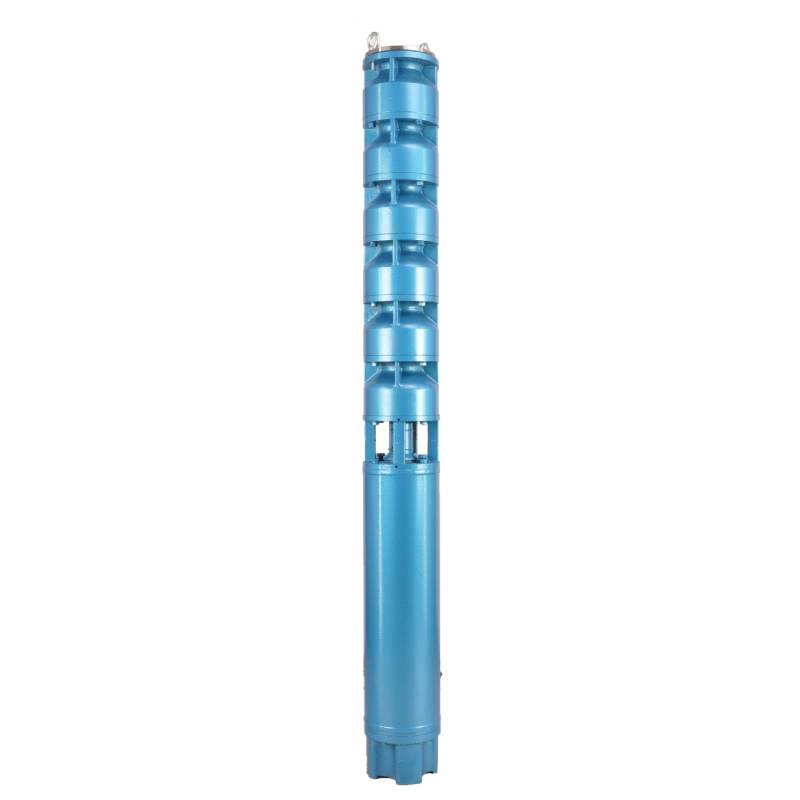Dec . 11, 2024 11:25 Back to list
submersable pump
Understanding Submersible Pumps An In-Depth Look
Submersible pumps are vital components in various industries and applications, designed to operate underwater or submerged in the fluid they are intended to pump. Their unique construction and functionality make them essential for draining, sewage treatment, irrigation, and many industrial processes. This article aims to provide a comprehensive overview of submersible pumps, including their working principle, types, applications, advantages, and maintenance.
Working Principle
A submersible pump is driven by an electric motor that is hermetically sealed, allowing it to operate while submerged. The motor is connected to the pump body, which is equipped with a series of impellers. When the motor activates, it spins the impellers, creating a pressure difference that draws fluid into the pump. The design allows the fluid to be pushed upward through the discharge pipe to the surface. This method of pumping is more efficient compared to other systems, as it eliminates the need for a vacuum to lift the fluid.
Types of Submersible Pumps
Submersible pumps can be grouped into several types based on their design and purpose
1. Sewage Pumps Specifically designed to handle waste and sewage, these pumps can move solids and liquids efficiently. They are commonly used in municipal waste treatment facilities and residential sewage systems.
2. Well Pumps Often used in agricultural and residential applications, these pumps are designed to extract water from deep wells. Their robust construction ensures they can withstand high-pressure conditions.
3. Utility Pumps These versatile pumps can handle clean or slightly dirty water and are often used for basement dewatering, drainage, and emptying pools. They are lightweight and portable for easy relocation.
4. Hydraulic Pumps Used primarily in industrial settings, hydraulic submersible pumps are designed for transferring fluids and often work in conjunction with other machinery.
Applications
Submersible pumps find applications across a wide range of sectors. In residential settings, they are essential for draining flooded basements, emptying swimming pools, and supplying groundwater from wells. In agriculture, they ensure the irrigation needs of crops are met by providing a reliable source of water.
In industrial contexts, submersible pumps play crucial roles in sewage treatment, mining, construction site dewatering, and marine applications. Their ability to function while submerged makes them particularly suitable for environments where traditional pumps would be ineffective.
submersable pump

Advantages
The popularity of submersible pumps can be attributed to several advantages
- Efficiency They can pump fluid from depths larger than traditional pumps due to their ability to work underwater, which reduces the energy needed for fluid movement.
- Compact Design Their small footprint allows for easy installation in confined spaces, making them ideal for both residential and industrial environments.
- Reduced Noise Operating below the water surface minimizes noise pollution, which is an essential factor for residential areas.
- Lower Maintenance With the motor and pump combined as a single unit, submersible pumps often require less maintenance compared to surface pumps.
Maintenance
Though submersible pumps are designed for durability, regular maintenance is crucial to ensure longevity and optimal performance. Key maintenance practices include
- Routine Inspection Regularly check for any signs of wear, such as corrosion or damage, and ensure all electrical connections are secure.
- Cleaning Remove any debris or sediment that may clog the pump or affect its performance.
- Testing Perform routine performance tests to ensure the pump operates at the required capacity and efficiency levels.
In conclusion, submersible pumps are an indispensable tool in both residential and industrial applications, providing efficient and reliable fluid movement in various environments. Understanding their operation, types, and maintenance will help users select the appropriate pump for their needs and ensure optimal performance throughout its lifespan. As technology advances, we can expect further improvements in efficiency and functionality, keeping submersible pumps at the forefront of fluid management solutions.
-
Water Pumps: Solutions for Every Need
NewsJul.30,2025
-
Submersible Well Pumps: Reliable Water Solutions
NewsJul.30,2025
-
Stainless Steel Water Pumps: Quality and Durability
NewsJul.30,2025
-
Powerful Water Pumps: Your Solution for Efficient Water Management
NewsJul.30,2025
-
Oil vs Water Filled Submersible Pumps: Which is Better?
NewsJul.30,2025
-
Deep Well Pumps: Power and Reliability
NewsJul.30,2025
-
 Water Pumps: Solutions for Every NeedWhen it comes to handling dirty water, the dirty water pump is a must-have.Detail
Water Pumps: Solutions for Every NeedWhen it comes to handling dirty water, the dirty water pump is a must-have.Detail -
 Submersible Well Pumps: Reliable Water SolutionsWhen it comes to ensuring a reliable water supply, submersible well pumps are a top choice.Detail
Submersible Well Pumps: Reliable Water SolutionsWhen it comes to ensuring a reliable water supply, submersible well pumps are a top choice.Detail -
 Stainless Steel Water Pumps: Quality and DurabilityWhen it comes to choosing a water pump, the stainless steel water pump price is a crucial factor.Detail
Stainless Steel Water Pumps: Quality and DurabilityWhen it comes to choosing a water pump, the stainless steel water pump price is a crucial factor.Detail
